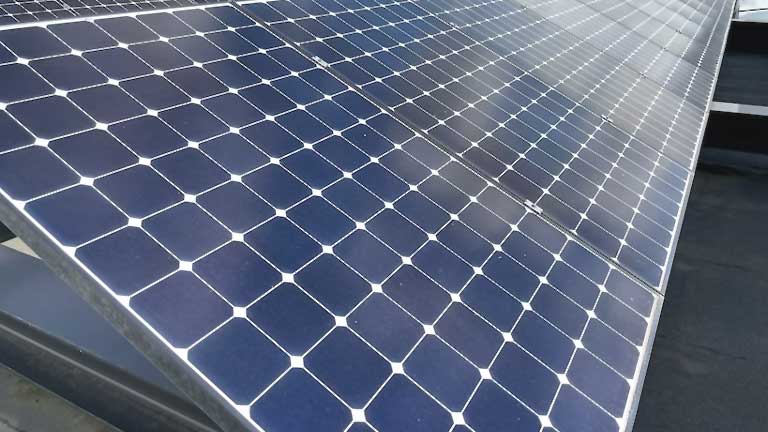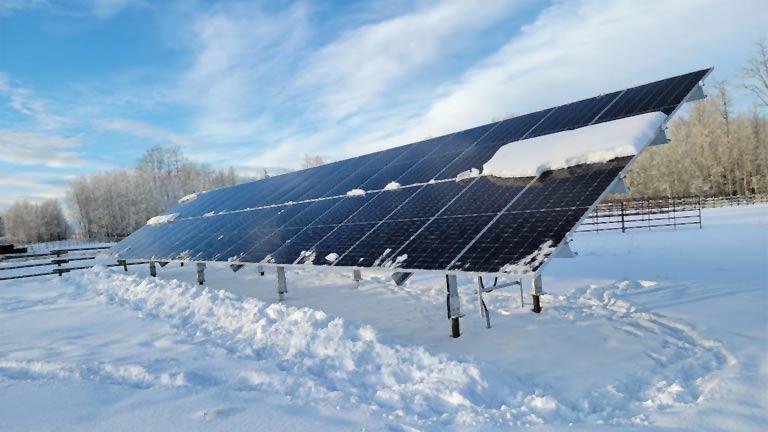
The trend of street lighting CMS (control management systems) in the Middle East is increasing year after year. In the last five years, many trials have been undertaken within Middle East countries, especially in GCC (Gulf cooperation council) region countries like Qatar, Saudi Arabia, and UAE.
The history of lighting cms in the middle east:
Starting from 2010, some Saudi Arabian states like Riyadh and Dammam installed elementary power Line Street lighting control management systems to allow them to switch off street lights at certain hours at night. They had already spent a lot of money on systems like MINOS from Italy, and the results were very much below expectations. In UAE and Qatar, which had approved power Line Street lighting CMS since 2013, cities like Lusail in Qatar and Abu Dhabi in UAE installed some projects with power line CMS with Italian brand Reverberi. However, the results weren’t good enough to attract other cities like Dubai, Doha, Riyadh, or Manama to follow them.
Key challenges for cms in the middle east
Municipalities always look for the best available technology thus marketing and selling a street lighting CMS is certainly possible. However, there are particular challenges that every CMS manufacturer should understand before targeting this market
1- Ambient temperature
The ambient temperature reaches 60 degrees in the GCC region in summer, and it would exceed 70 under direct sun. The temperature inside a street lighting pole exceeds 60 degrees, so even for components that could be placed inside the pole, it is still a big challenge. For street lighting, CMS uses SIM cards to communicate over GPRS signal – this high temperature will damage these SIM cards over and over if not cooled properly.
2- Humidity
Humidity in summer will be in the range of 75 to 95 percent; this could affect the quality of communication signals for wireless solutions.
3- Dust and Sand Storms
It’s a desert at the end of the day. You should consider a lot of intense sand storms and dust in most of the spring and autumn seasons. This could also affect the signal quality, and it needs high IP rating components to be able to withstand these weather conditions.
4- The effect of the distribution network on Power line communication.
In Saudi Arabia, the power line CMS failed because of the power quality of distribution systems, as it had an adverse effect on the quality and accuracy of the power line communication signal. Harmonics and noise over the power cables can cause a lot of problems with the power line signal; for that reason, the power line system is not the best CMS solution for the Middle East.
5- Local information privacy laws and regulations
If your street lighting management system uses a central host/server, then this is not your market. As per lows, all information should be stored locally on a server owned by the local authorities
Where is the potential for the coming five years?
Investing money in the street lighting control management system in the Middle East is not a priority at the moment. Most of the countries in this region focus on replacing conventional street lights with LED Street lights. The case is a little different in the GCC market. Countries like Saudi Arabia, UAE, and Qatar show a big interest in this technology. The potential for the next three years will be around 50k street lights in UAE, Qatar, and Saudi. CMS manufacturers like Philips, Telensa, Zodion, and telematics are active in GCC countries. They are already doing trials and demo projects right now to approve their systems with local municipalities.




